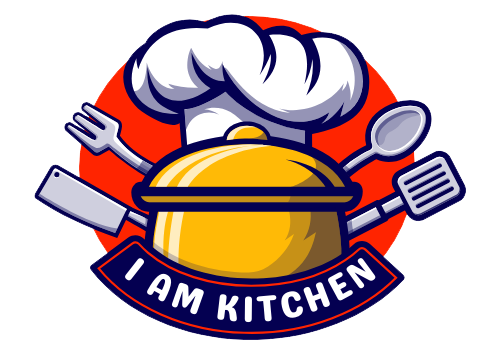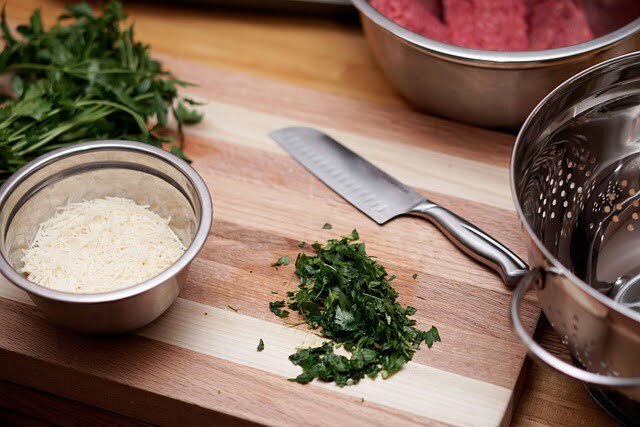Cutting boards are a basic requirement in every kitchen. They are used to chop, slice, and dice ingredients and protect your countertops from damage. In this article, we will explore the different types of cutting boards available, how to care for and clean your cutting board, and how to choose the right cutting board for your needs.
Types of Cutting Boards:
There are several types of cutting boards available, each with its own benefits and drawbacks. The most typical types are listed below:
- Wood: Wood cutting boards are a classic choice for many home cooks. They are durable, easy to work with, and have natural antibacterial properties. However, they require more maintenance than other types of cutting boards and can be more expensive.
- Plastic: Plastic cutting boards are a popular choice due to their affordability and ease of cleaning. They are lightweight and can be put in the dishwasher for easy cleaning. However, they are not as durable as other types of cutting boards and can harbor bacteria if not cleaned properly.
- Bamboo: Bamboo cutting boards are a sustainable choice for eco-conscious cooks. They are lightweight, durable, and have natural antibacterial properties. However, they can be more difficult to maintain than other types of cutting boards and may require more frequent oiling.
Caring for and Cleaning Your Cutting Board:
To ensure your cutting board lasts as long as possible, it is important to take good care of it. Here are some tips for caring for and cleaning your cutting board:
- After each use, always wash your cutting board in hot, soapy water.
- For wood cutting boards, avoid soaking them in water or putting them in the dishwasher, as this can cause the wood to warp and crack.
- To disinfect your cutting board, mix one tablespoon of bleach with one gallon of water and soak the board in the solution for a few minutes. Wash it well with water, then allow it to air dry.
- For bamboo cutting boards, apply mineral oil to the surface every few months to prevent cracking and splitting.
Choosing the Right Cutting Board:
When choosing a cutting board, there are several factors to consider, such as size, durability, and maintenance. Here are some tips for choosing the right cutting board for your needs:
- Consider the size of the cutting board. Choose a board that is large enough to accommodate the types of food you typically prepare.
- Think about durability. Wood and bamboo cutting boards are more durable than plastic cutting boards.
- Consider the maintenance required for each type of cutting board. Wood and bamboo cutting boards require more maintenance than plastic cutting boards.
- If you are concerned about bacteria, consider using separate cutting boards for different types of food, such as one for meat and another for vegetables.
In conclusion, a good cutting board is an essential tool in any kitchen. Whether you choose a wood, plastic, or bamboo cutting board, it is important to care for and clean it properly to ensure its longevity. By considering the size, durability, and maintenance required for each type of cutting board, you can choose the right one for your needs and keep it in good condition for years to come.




